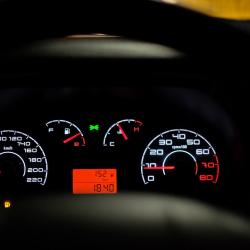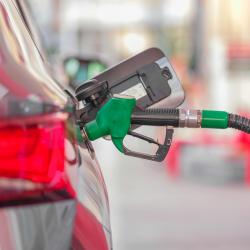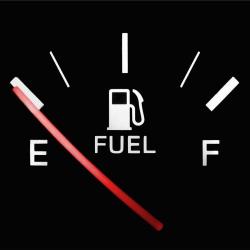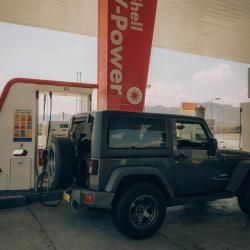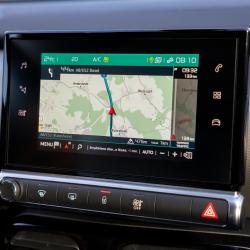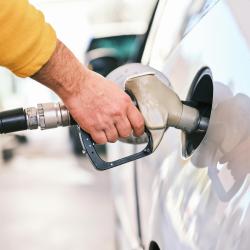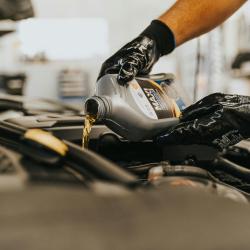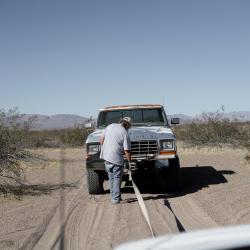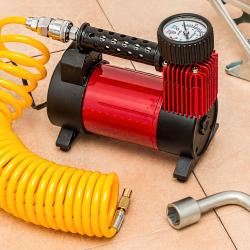How to Use Cruise Control for Better Fuel Efficiency
Fuel efficiency is more important than ever—not just for your wallet, but for the environment as well. One of the easiest ways to improve fuel efficiency on long drives is by using cruise control. Often overlooked, this feature can help you maintain a consistent speed, thereby optimizing fuel consumption. Here’s a comprehensive guide on how to use cruise control to maximize your vehicle’s fuel efficiency.
Understanding Cruise Control
Cruise control is a system that automatically controls the speed of your vehicle. Once engaged, it allows you to maintain a steady speed without having to keep your foot on the accelerator pedal. This system is particularly useful on highways and long, straight roads where constant speed is beneficial and safe.
Benefits of Using Cruise Control for Fuel Efficiency
-
Steady Speed: Maintaining a constant speed is one of the most effective ways to improve fuel efficiency. Fluctuations in speed can lead to increased fuel consumption, as accelerating uses more fuel than maintaining a steady pace. Cruise control helps eliminate unnecessary speed changes.
-
Reduced Driver Fatigue: Driving at a consistent speed with cruise control can reduce fatigue on long trips. A less tired driver is more likely to maintain efficient driving habits, such as anticipating traffic flow and avoiding sudden stops or unnecessary acceleration.
-
Optimal Engine Performance: When using cruise control, your engine operates in a more optimal range, reducing the likelihood of over-revving or under-revving, which can consume extra fuel.
How to Use Cruise Control Effectively
-
Engage at the Right Time: Cruise control is most effective on flat, open roads and highways. Avoid using it in heavy traffic, on winding roads, or in adverse weather conditions where frequent speed adjustments are necessary.
-
Set a Reasonable Speed: While it might be tempting to set the cruise control at the speed limit or slightly above, it's more fuel-efficient to drive at a moderate speed. Studies suggest that driving between 50-65 mph (80-105 km/h) can help maximize fuel efficiency.
-
Use with Caution on Hilly Terrain: Cruise control may not always be ideal on hilly terrain. Climbing hills can cause your vehicle to downshift to maintain speed, which can increase fuel consumption. Consider disengaging cruise control and manually adjusting speed on inclines and declines.
-
Avoid Frequent Adjustments: Constantly adjusting the cruise control settings can negate its benefits. Set your desired speed and try to stick with it as much as possible to maintain fuel efficiency.
-
Combine with Other Fuel-Saving Techniques: While cruise control can help, combining it with other techniques like proper tire maintenance, reducing excess weight, and minimizing idling can further enhance fuel efficiency.
Potential Drawbacks
While cruise control can be a great tool for improving fuel efficiency, it’s important to recognize its limitations. Relying heavily on cruise control can lead to complacency, reducing driver attention. It’s crucial to remain alert and ready to take control if road conditions change suddenly.
Conclusion
Cruise control is a valuable feature that, when used correctly, can contribute to better fuel efficiency, a smoother drive, and reduced driver fatigue. By understanding when and how to use cruise control effectively, you can make the most of this technology, saving fuel and money while reducing your carbon footprint. As with any driving technology, the key is to use it wisely and remain attentive to your surroundings. Happy driving!

